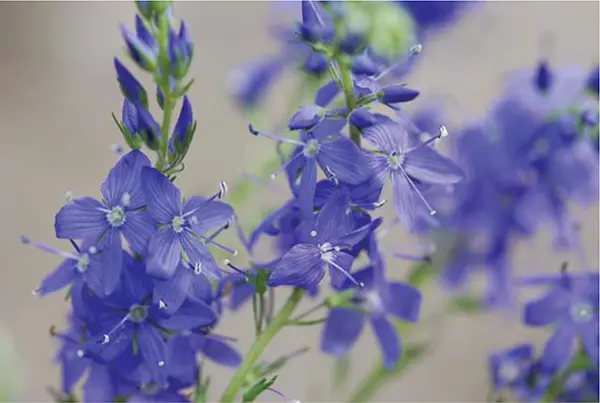
Hyssop: A Journey from Ancient Times to Modern Healing
Hyssop (Hyssopus officinalis), a member of the mint family, is known for its blue or purple flower spikes and fragrant leaves. Originating from Eurasia, this plant has also made its home in North America. Both its leaves and flowers are utilized for medicinal purposes, while hyssop oil is sought after for its flavoring and fragrance, making it a favorite among beekeepers for its contribution to rich, aromatic honey.
Historical Significance
Hyssop’s historical roots trace back to biblical times, where it is believed to have been used as a purification herb. Traditionally, it was used to cleanse the sinful, particularly those afflicted with leprosy, symbolizing purification and sanctification.
Medicinal Benefits
Hyssop tea serves as an effective expectorant and cough suppressant. It also addresses digestive and intestinal issues such as gas and appetite loss. Hyssop’s anti-inflammatory properties ease rheumatoid arthritis pain when added to bathwater. Its topical application, in the form of a salve, heals bruises, insect bites, and bee stings, with its essential oil preventing infections.
Magical and Spiritual Uses
As a potent cleansing herb, hyssop is employed in removing curses and negative energies and is an essential component in home protection against intruders. When combined with sage for smudging, it effectively purifies spaces. Hyssop not only attracts positive energies and faeries but also wards off malevolent spirits.
Personal and Spiritual Growth
Hyssop facilitates spiritual opening, offering cleansing benefits for the spirit. It assists in breaking negative cycles and releasing unhealthy attachments, promoting a path forward filled with positivity. Hyssop essential oil in aromatherapy soothes anxiety, bringing mental clarity and focus.
